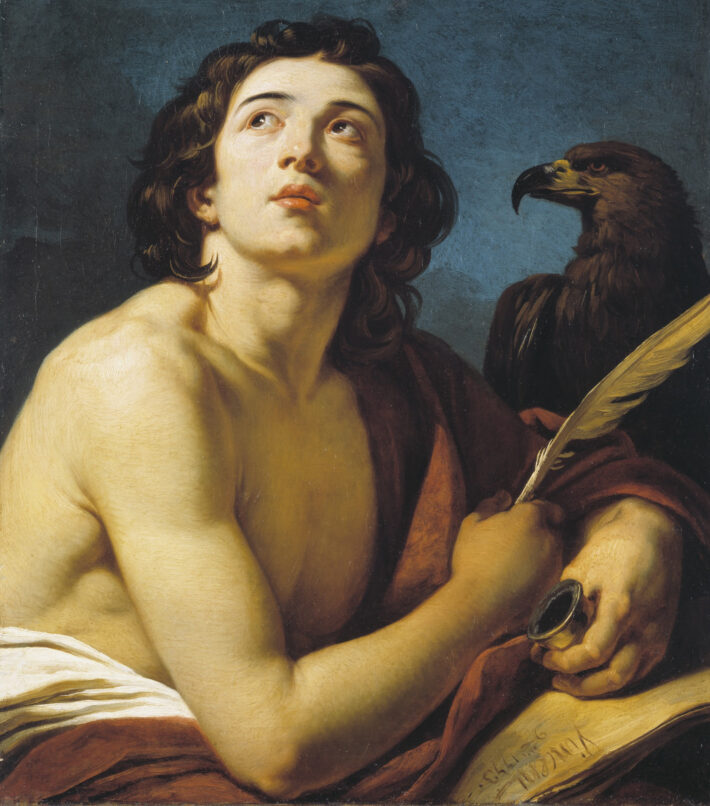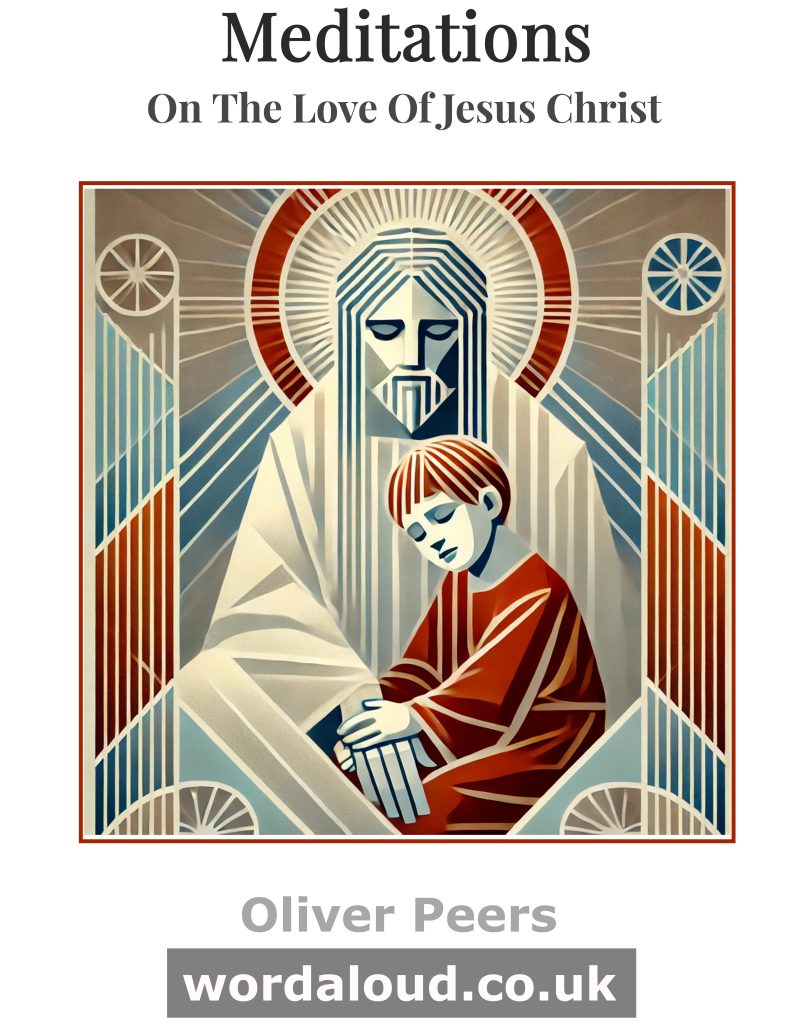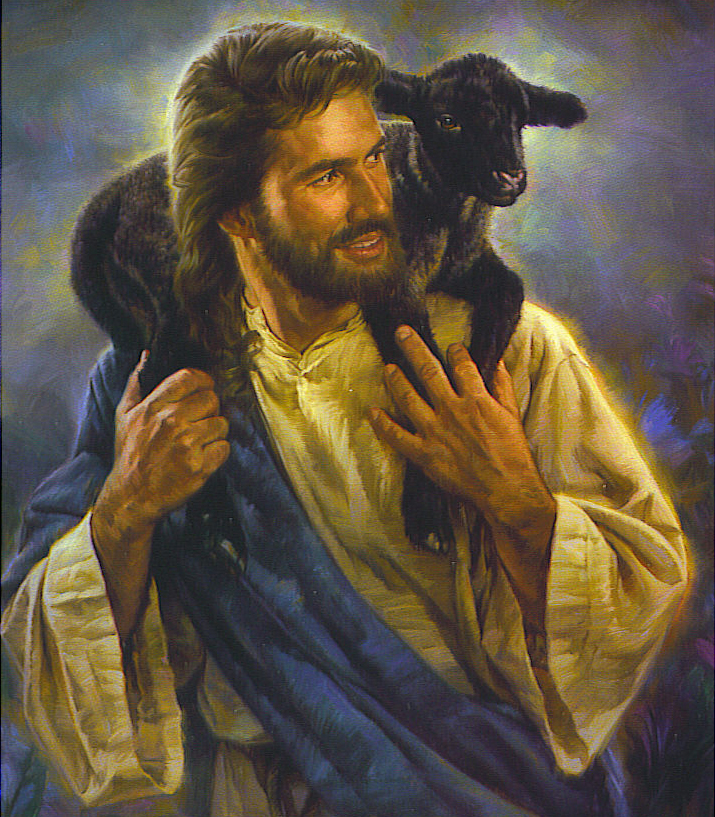John 20: 2-8 – The Feast of St John, Apostle and Evangelist (Audio Bible, Spoken Word)
2 Then she runneth, and cometh to Simon Peter, and to the other disciple, whom Jesus loved, and saith unto them, They have taken away the Lord out of the sepulchre, and we know not where they have laid him.
3 Peter therefore went forth, and that other disciple, and came to the sepulchre.
4 So they ran both together: and the other disciple did outrun Peter, and came first to the sepulchre.
5 And he stooping down, and looking in, saw the linen clothes lying; yet went he not in.
6 Then cometh Simon Peter following him, and went into the sepulchre, and seeth the linen clothes lie,
7 And the napkin, that was about his head, not lying with the linen clothes, but wrapped together in a place by itself.
8 Then went in also that other disciple, which came first to the sepulchre, and he saw, and believed.
Today’s Bible reading from the Gospel of St John speaks of the beloved disciple, and from earliest times we have identified this disciple with John. It is strange, however, that this identification is not made in the Gospel. It may be that in so readily equating the beloved disciple with John, we miss out on an important truth of the Gospel, which is that we are all beloved disciples – this title is not that of John only; it is open to us all.
So we may find ourselves, as the beloved disciple, at the foot of the cross with Mary. Jesus says to us then: Behold your mother, behold your son. Now, when Mary Magdalene has brought news – seemingly very distressing news – of what she has found at Jesus’ tomb, we race as the beloved disciple races in these verses to find out what has happened. There seems to be an absence of the Lord, and so we rush toward that absence urgently. What might we find when, in a situation of anxiety and doubt, we rush toward that threat of absence, where Jesus should be?
There is youthfulness to the beloved disciple. He outruns Peter, although then the beloved disciple defers to Peter on reaching Jesus’ tomb, and so Peter enters the sepulchre first. We may feel there is an interplay here between the old and the new, and we may relate this to the interplay of the Old and New Testaments. In discovering Jesus, and in beginning to believe in the Resurrection, The Old and the New are asked to show respect to one another and to enter into faith cooperatively. Jesus told us he did not come to abolish the Old Law. There is evolution, development, a natural process of growing in faith. The Old becomes the New, and there is change in that process.
Peter enters Jesus’ sepulchre and the details of what he sees are impressed on his mind. It is when the other, the beloved, disciple enters Jesus’ tomb that belief is found in these verses: ‘Then went in also that other disciple, which came first to the sepulchre, and he saw, and believed.’
When, later, Peter finds Jesus cooking some fish on the shore, following upon Jesus’ resurrection, and this the occasion of the miraculous catch of fish, Jesus asks Peter three times if he believes – three times for Peter to affirm his belief in Jesus, once for each denial on the night of the Passion. It is then that Jesus entrusts the care of his flock to Peter.
We may experience different impulses in our faith – including times of surpassing confidence and including doubts. This Christmas, let us run with the beloved disciple to discover the Resurrection, let us run in our hearts to Jesus, and let us share our faith.
‘Today we honour John, the apostle who leant on the Lord’s breast during the Last Supper. He drank the streams of the gospel from their very source, the sacred breast of the Lord. Great is his happiness, to whom the secrets of heaven were revealed.’
‘John, the apostle and evangelist, was chosen by the Lord because of his virginal purity. He was the disciple whom the Lord loved especially well.’
![]()

![]()








